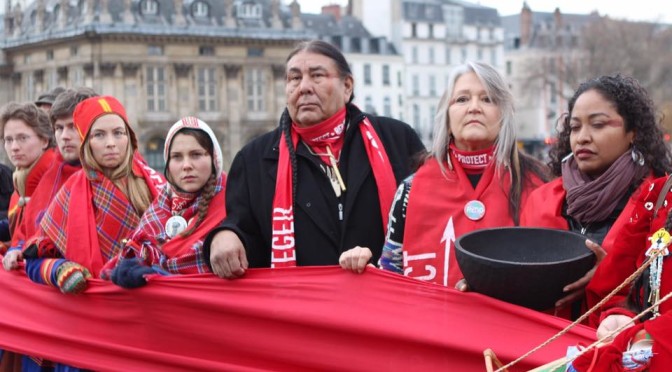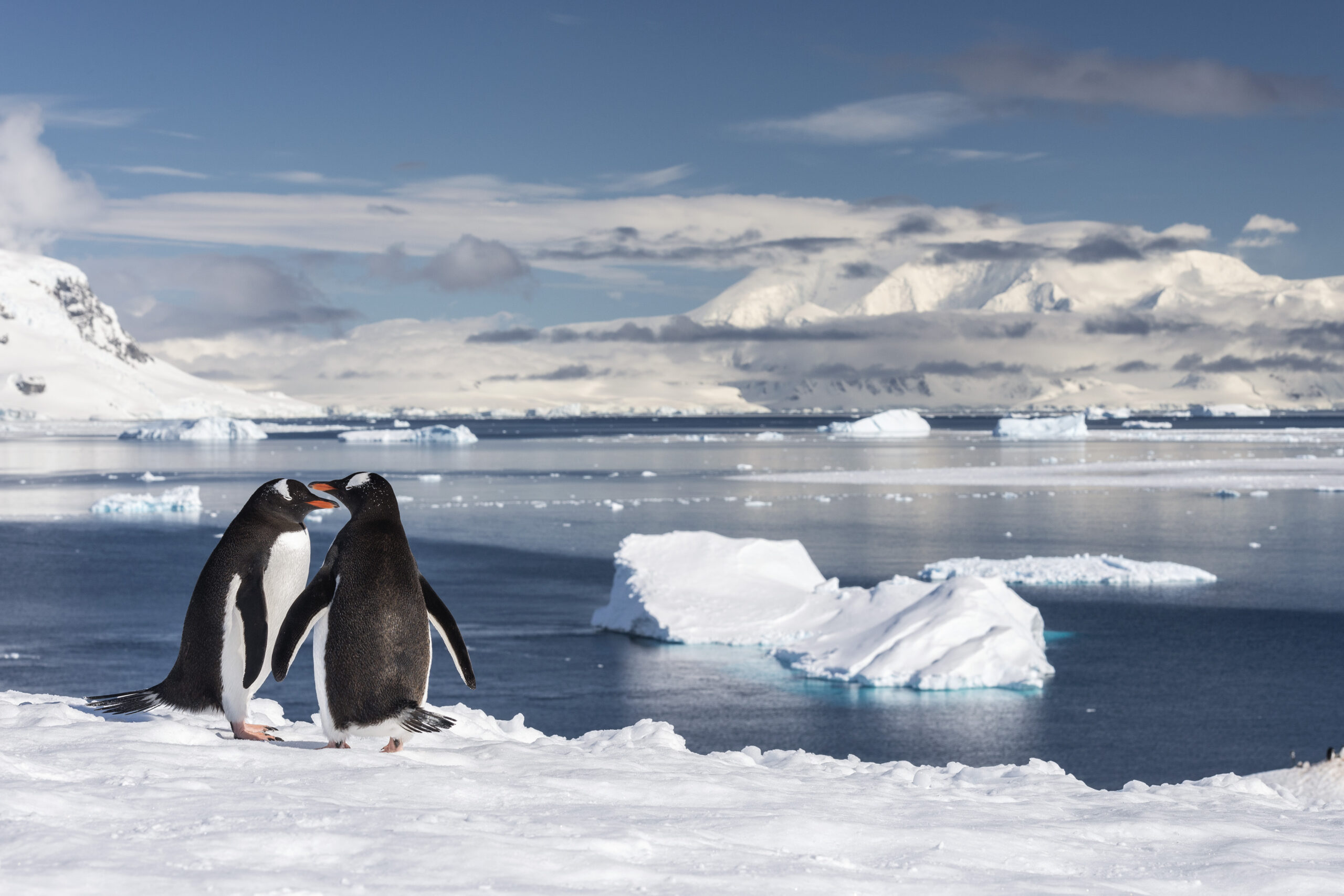
 Movement Rights co-founders Shannon Biggs and Pennie Opal Plant were in Paris for the COP 21 climate events, and to promote grassroots alternatives to the current UN process including co-producing a report on Rights of Nature, co- hosting a beyond-capacity Rights of Nature tribunal that turned away over 1,000 people, co-leading a ceremony for the signing of an international Indigenous Women’s Treaty for Mother Earth, among many other actions, interventions and activities, very often led by our board member, Indigenous leader and Ponca elder, Casey Camp Horinek (pictured).
Movement Rights co-founders Shannon Biggs and Pennie Opal Plant were in Paris for the COP 21 climate events, and to promote grassroots alternatives to the current UN process including co-producing a report on Rights of Nature, co- hosting a beyond-capacity Rights of Nature tribunal that turned away over 1,000 people, co-leading a ceremony for the signing of an international Indigenous Women’s Treaty for Mother Earth, among many other actions, interventions and activities, very often led by our board member, Indigenous leader and Ponca elder, Casey Camp Horinek (pictured).
[facebook_ilike]



